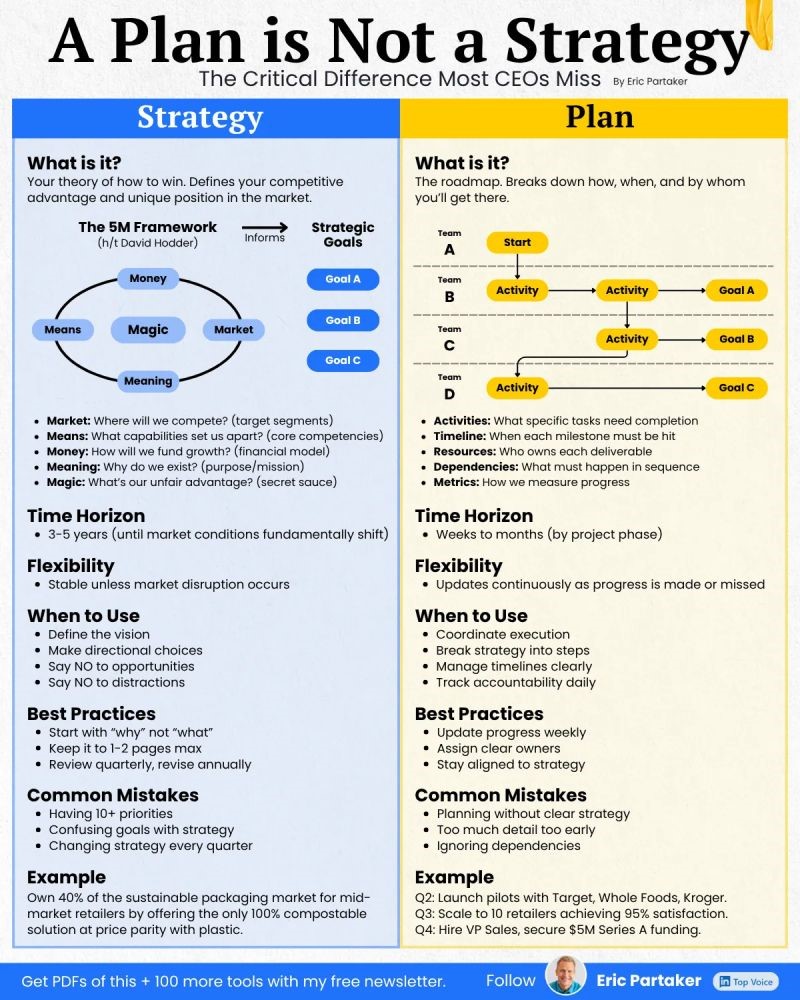2. Define Clear Objectives for Communication Initiatives
Ever sat through a meeting, read an email, or skimmed through a lengthy report only to ask yourself, “Wait—what was the point again?” Of course, you have. We’ve all suffered through communication that wanders aimlessly like someone lost without GPS, leaving us confused, frustrated, and muttering, “I’ll never get those 20 minutes back.”
The truth is, great communication—like any journey—needs a destination. Without clearly defined objectives, your message risks becoming a meandering road trip through irrelevant details, tangents, and needless confusion. Communication objectives guide your message, ensuring your readers know exactly what you want them to understand, feel, or do.
Think of objectives as the GPS of your communication strategy—they tell you exactly where you’re headed, how to get there, and why it matters. Ready to map out your communication effectively and successfully? Let’s dive in!
Why Objectives Matter (More Than You Might Think)
Before we jump into the “how,” let’s quickly review the “why.” Defined objectives ensure your communication is focused, purposeful, and effective. They help you:
Clarify your main message: No wandering, no confusion.
Focus your audience’s attention: You highlight exactly what matters most.
Measure your success: You’ll know if your communication achieved its purpose.
Simply put, objectives turn vague ideas into actionable communication strategies. No more “nice to know” or “maybe they’ll figure it out.” Objectives are your secret weapon against confusion.
Setting SMART Communication Objectives (Simple, Powerful, Effective)
Great communication objectives aren’t complicated—they’re SMART. You might’ve heard this acronym before, but let’s refresh:
Specific: State exactly what you want to achieve.
Measurable: Define how you’ll measure success.
Achievable: Set realistic objectives given your resources.
Relevant: Match your communication objective to your broader business goal.
Time-bound: Define your timeframe for achieving the objective.
Real-world Example:
Let’s say you’re announcing new customer service procedures. A weak, vague objective might be:
“Improve customer service awareness.”
Instead, make it SMART:
“Ensure 100% of customer service employees understand and correctly implement the new customer service procedures by May 30.”
Clear, measurable, focused. Your communication now has direction.
Choosing the Right Type of Communication Objective
Not all objectives are created equal—different communication scenarios demand different objectives. Knowing what you want your audience to do, feel, or understand helps you set the right objective:
| Informational Objectives (Knowledge-Based) | Motivational Objectives (Action-Based) | Behavioral Objectives (Change or Reinforce Behavior) |
|
Use when your primary goal is to inform or educate your audience: Example: “Ensure all staff understand new company safety procedures.” |
Use when your goal is to motivate your audience toward specific actions: Example: “Encourage at least 80% of employees to participate in voluntary wellness screenings by June 1.” |
Use when your goal is changing or reinforcing behaviors: Example: “Increase compliance with new security badge protocol from 70% to 100% within two weeks.” Defining your objective type helps you match your message to your audience’s expectations, ensuring your communication resonates and succeeds. |

Communicating Your Objective to Your Audience (No Mysteries Allowed)
Here’s a simple but often overlooked step: tell your audience exactly what you want them to do, know, or feel. It’s the difference between leaving them guessing and guiding them confidently.
Example:
Weak (vague): “Please review the new policies.”
Strong (clear): “Please review the new attendance policy carefully and email me by Friday to confirm you understand.”
No confusion. No ambiguity. Your audience knows exactly what’s expected.
Measuring Your Communication Success (Did It Work?)
SMART objectives make measurement straightforward—did your audience do, feel, or understand what you intended?
Measurable Example:
Objective: “At least 90% of employees will understand the new IT guidelines within one week.”
Measurement: Simple follow-up survey or brief knowledge check confirms understanding.
Measurement isn’t about catching failures—it’s about confirming your communication hit the mark and adjusting if needed.
Real-world Scenario: SMART Communication Objectives in Action
Imagine launching a new employee recognition program. Without clear objectives, your announcement might read:
“We’re launching an exciting new recognition program. More details soon!”
Clear objectives transform that message into focused communication:
SMART objective:
“Achieve at least 75% employee participation in the new recognition program by explaining program benefits and sign-up instructions in our announcement by March 15.”
Your revised announcement (matching your objective):
Subject: Join Our New Employee Recognition Program by March 15!
Dear Team,
We’re excited to launch our new Employee Recognition Program, designed to celebrate your hard work and successes. Participating is quick and easy:
Sign up at the provided link by March 15.
Start recognizing your colleagues’ great work immediately.
Our goal is at least 75% employee participation, so we encourage everyone to sign up and recognize your peers enthusiastically!
Thanks for helping us build a positive, supportive workplace.
Best,
Jamie (HR Manager)
See the difference? Objectives transform vague announcements into focused, actionable communication.
Final Thoughts: Objectives Create Successful Communication
Clearly defined objectives are the unsung heroes of great communication. They ensure your message has direction, focus, and impact. Instead of wandering aimlessly, your communication achieves results.
Remember, your audience isn’t psychic—they won’t guess your objective. Define your objectives SMARTly, communicate them explicitly, and watch your communication effectiveness soar.
Ready to further sharpen your strategic messaging skills by mastering the SCIPAB framework and other powerful structures? Excellent! Let’s keep building your strategic communication skills confidently and effectively.

